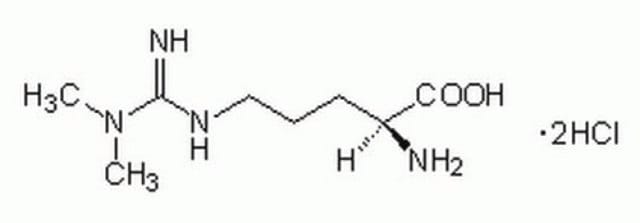494437
Methanol
≥99.93%, BioReagent
Synonym(s):
Methyl alcohol
About This Item
Recommended Products
product name
Methanol, BioReagent, ≥99.93%
vapor density
1.11 (vs air)
Quality Level
vapor pressure
410 mmHg ( 50 °C)
97.68 mmHg ( 20 °C)
description
gradient analysis <= 0.005 254nm
product line
BioReagent
Assay
≥99.93%
form
liquid
autoignition temp.
725 °F
expl. lim.
36 %
impurities
≤0.0002 meq/g Titr. base
≤0.0003 meq/g Titr. acid
≤0.02% (water)
evapn. residue
<0.0003%
color
APHA: <10
refractive index
n20/D 1.329 (lit.)
bp
64.7 °C (lit.)
mp
−98 °C (lit.)
solubility
benzene: miscible(lit.)
ethanol: miscible(lit.)
water: miscible(lit.)
density
0.791 g/mL at 25 °C (lit.)
λ
H2O reference
UV absorption
λ: 203 nm Amax: 1.0
λ: 210 nm Amax: 0.60
λ: 220 nm Amax: 0.30
λ: 230 nm Amax: 0.15
λ: 240 nm Amax: 0.05
λ: 260-400 nm Amax: 0.01
format
neat
SMILES string
CO
InChI
1S/CH4O/c1-2/h2H,1H3
InChI key
OKKJLVBELUTLKV-UHFFFAOYSA-N
Looking for similar products? Visit Product Comparison Guide
General description
Application
Preparation Note
Signal Word
Danger
Hazard Statements
Precautionary Statements
Hazard Classifications
Acute Tox. 3 Dermal - Acute Tox. 3 Inhalation - Acute Tox. 3 Oral - Flam. Liq. 2 - STOT SE 1
Target Organs
Eyes,Central nervous system
Storage Class Code
3 - Flammable liquids
WGK
WGK 2
Flash Point(F)
49.5 °F - closed cup
Flash Point(C)
9.7 °C - closed cup
Certificates of Analysis (COA)
Search for Certificates of Analysis (COA) by entering the products Lot/Batch Number. Lot and Batch Numbers can be found on a product’s label following the words ‘Lot’ or ‘Batch’.
Already Own This Product?
Find documentation for the products that you have recently purchased in the Document Library.
Customers Also Viewed
Our team of scientists has experience in all areas of research including Life Science, Material Science, Chemical Synthesis, Chromatography, Analytical and many others.
Contact Technical Service








